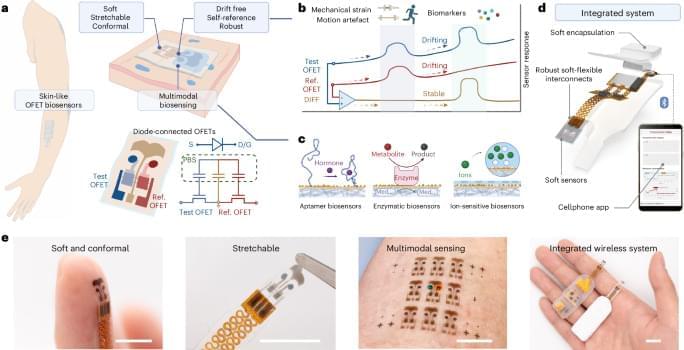Called ec³, the material is made by combining cement and water with a liquid electrolyte and carbon powder — both readily available.
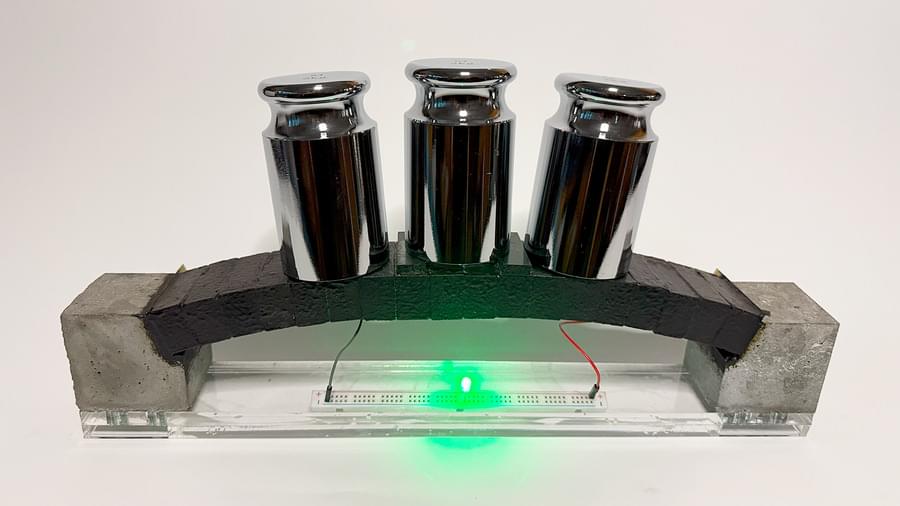

What if a simple apartment door in Boston opened into another universe?
SCP-4357, also known as “Slimelord,” is one of the strangest and most human anomalies ever recorded — a hyperspatial discontinuity leading to a world of intelligent slug-like beings with philosophy, humor, and heartbreak.
In this speculative science essay, we explore what SCP-4357 means for physics, biology, and the idea of consciousness itself. How could life evolve intelligence in a sulfur-rich world? Why do these beings mirror human culture so closely? And what happens when curiosity crosses the line into exploitation?
Join us as we break down the science, ethics, and wonder behind one of the SCP Foundation’s most thought-provoking entries.
🔔 Subscribe for more speculative science every weekday at 6PM PST / 9PM EST.
💡 Become a channel member for early access and exclusive behind-the-scenes content.
🌌 Because somewhere out there, even the slugs have opinions on Kant.
Behold Neural Viz, the first great cinematic universe of the AI era. It’s from a guy named Josh.
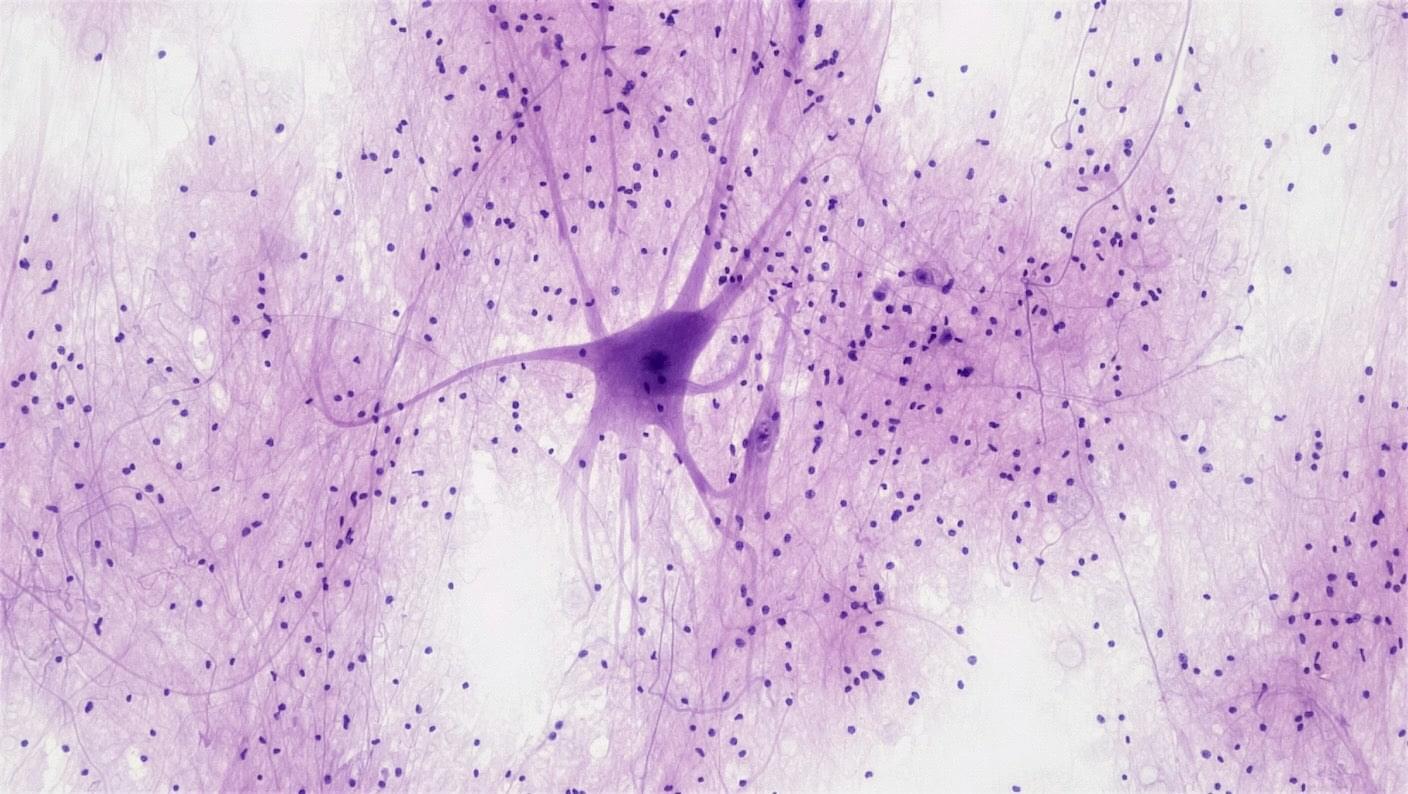
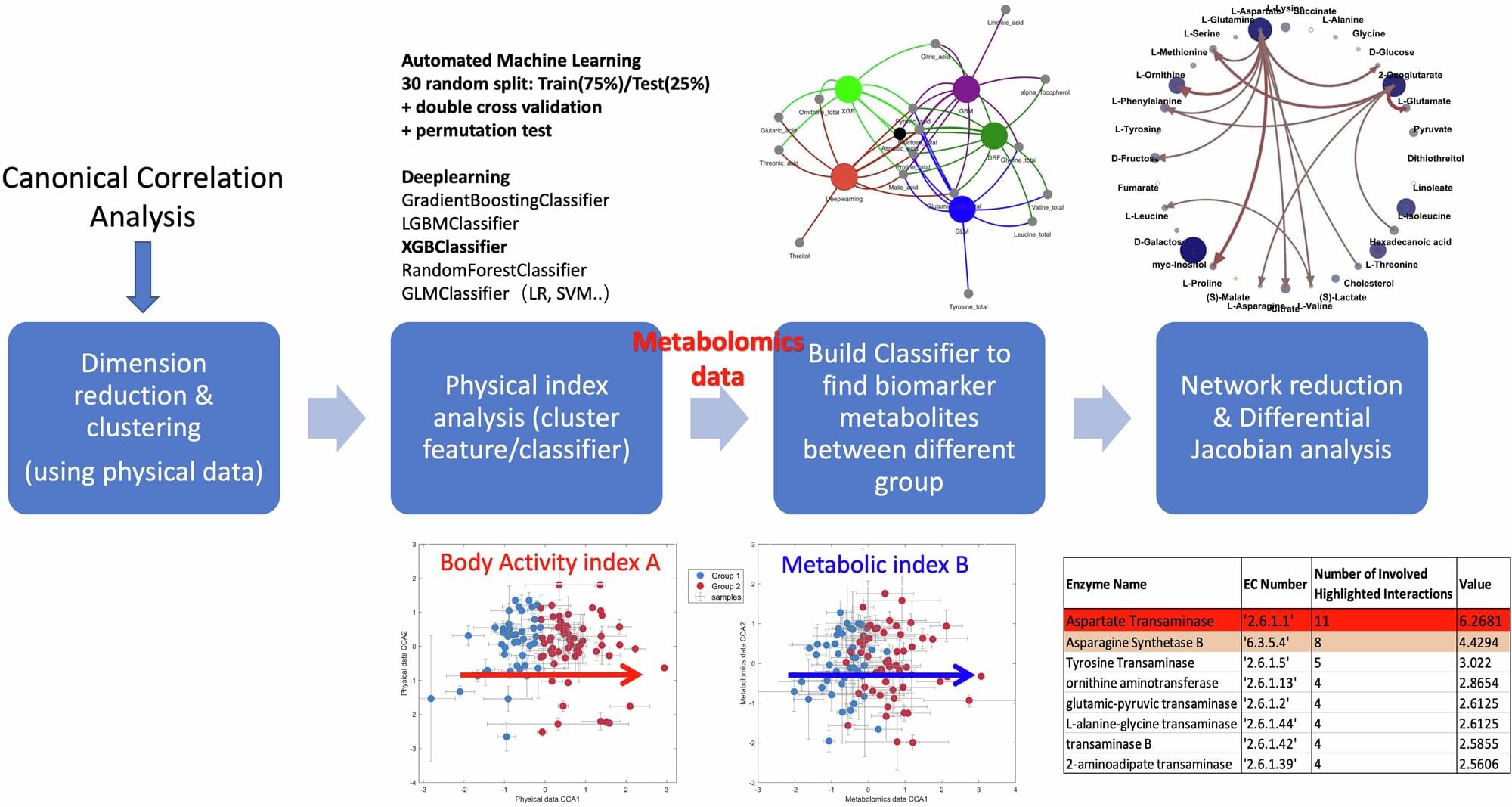
Could a simple blood test reveal how well someone is aging? A team of researchers led by Wolfram Weckwerth from the University of Vienna, Austria, and Nankai University, China, has combined advanced metabolomics with cutting-edge machine learning and a novel network modeling tool to uncover the key molecular processes underlying active aging.
Their study, published in npj Systems Biology and Applications, identifies aspartate as a dominant biomarker of physical fitness and maps the dynamic interactions that support healthier aging.
It has long been known that exercise protects mobility and lowers the risk of chronic disease. Yet the precise molecular processes that translate physical activity into healthier aging remain poorly understood. The researchers set out to answer a simple but powerful question: Can we see the benefits of an active lifestyle in elderly individuals directly in the blood—and pinpoint the molecules that matter most?
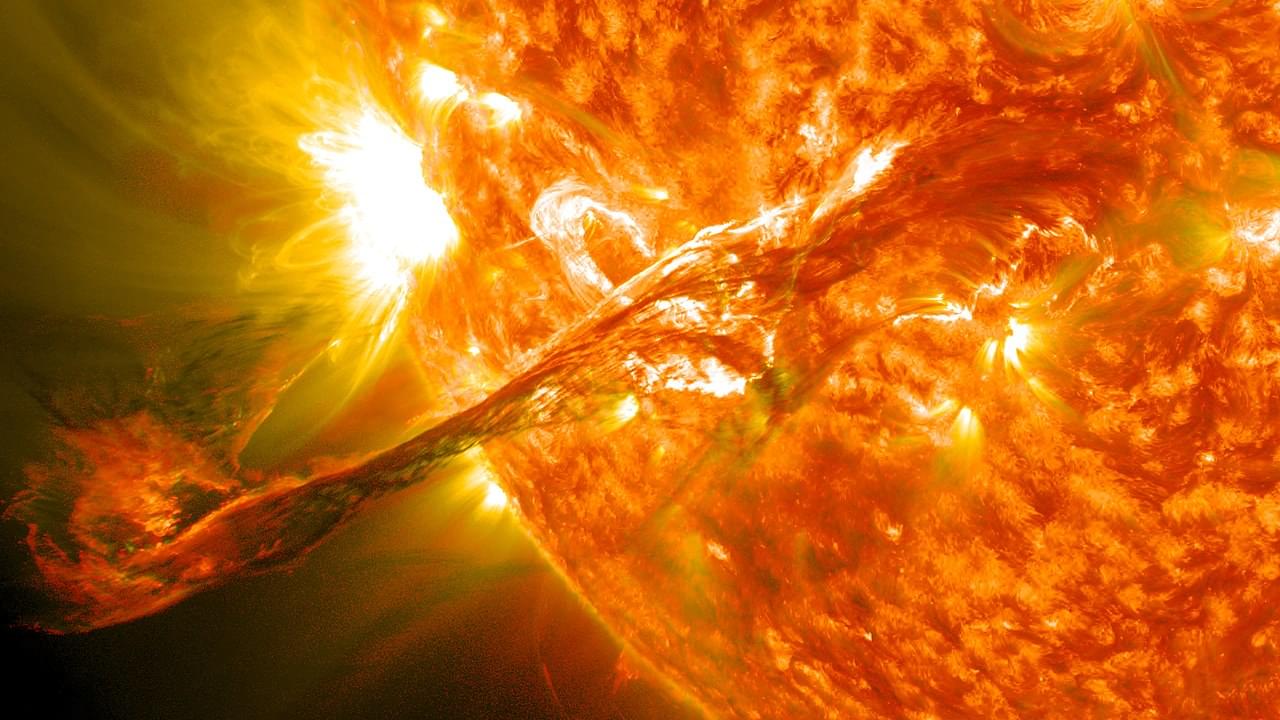
An article published in the journal Communications Medicine points to a correlation between disturbances in Earth’s magnetic field resulting from solar storms and an increase in the frequency of heart attacks, especially among women.
The authors reached this conclusion by analyzing data from the public health network of São José dos Campos, in the state of São Paulo, Brazil, recorded between 1998 and 2005, a period considered to be one of intense solar activity.
Focusing on hospital admissions for myocardial infarction, the analysis included information from 871 men and 469 women. Data from the Planetary Index (Kp-Index), an indicator of variations in Earth’s geomagnetic field, were also incorporated into the statistical analysis.

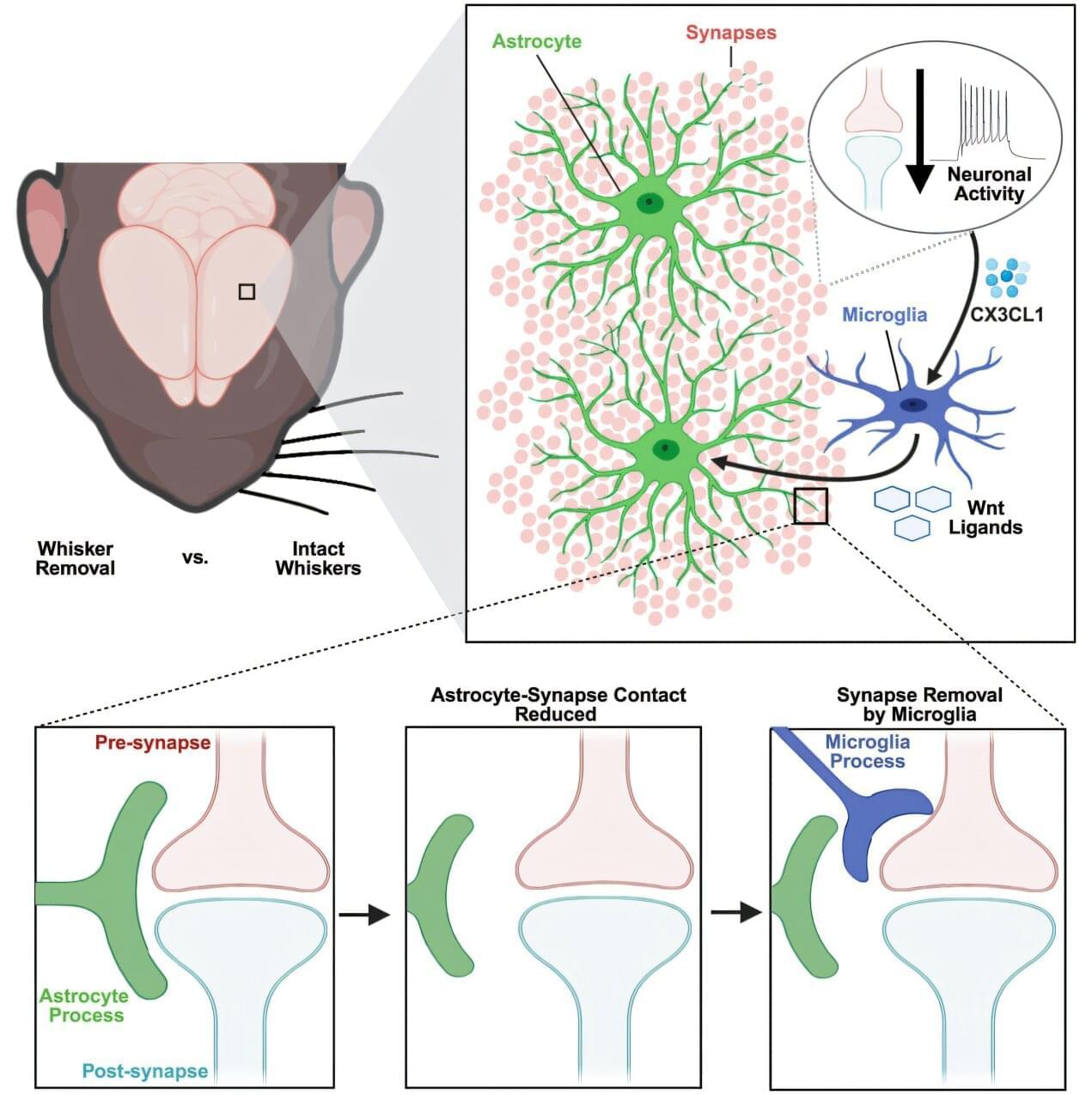
A study by Dorothy P. Schafer, Ph.D., and Travis E. Faust, Ph.D., at UMass Chan Medical School, explains how two different cell types in the brain—astrocytes and microglia—communicate in response to changes in sensory input to remodel synapses, the connections between neurons.
Published in Cell, these findings are in an emerging area of interest for neurobiologists who want to understand how different cells in the brain interact to rewire the brain.
This novel mechanism has the potential to be targeted by translational scientists hoping to one day prevent synaptic damage incurred during neurodegenerative diseases such as Alzheimer’s or ALS as well as age-related cognitive decline. It may also lead to new insights into neurodevelopmental and psychiatric disorders such as autism and schizophrenia, where the brain’s circuit refinement process may have been compromised during development.

